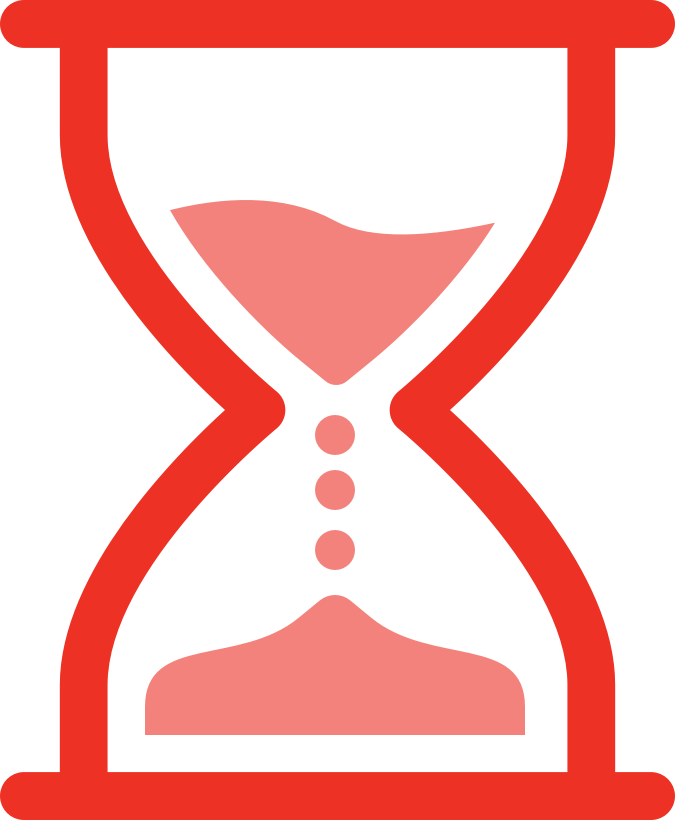How this toolkit works
This toolkit contains 3 main sections:
How Community Land Use Principles Work
- This section lays out the value we see in creating community principles as a tool for empowering marginalized communities
- It includes a consideration of the needs community principles can help address and the questions you might seek to answer with this approach

Establishing Community Need
- This section provides details on qualitative and quantitative data sources you can use to back up your community principles – to establish both existing conditions and needs and whether they are being met by current land use and capital investment proposals

Creating & Applying Community Principles
- This section outlines how you can bring the issues you’ve identified and data you’ve collected, along with existing local plans and precedents, to establish community principles across a host of categories
- Once community principles have been established, this section considers how you can use them as a guiding document to respond to proposals from private developers and the City, as well as a framework for guiding future proposals, including more comprehensive community plans
This toolkit is intended first and foremost for use by community groups, particularly those working closely with local residents to identify and lift up their needs. This toolkit is also intended for community boards and council members; while some of the details as to how to apply the principles may vary depending on the user, their general value and the approach to creating them remains the same. Most importantly, this toolkit is intended for communities that want to advance equity and access to those most in need – not those that seek to enshrine exclusion and discourage access to marginalized groups.
This toolkit is not intended to offer a prescriptive approach, but instead offers suggestions for how you might go about creating community principles, including through the types of question you might ask, the types of data resources you might choose to draw from, and the way these principles might be applied. The individual pieces can be applied as comprehensively or singularly as works for your capacity; you do not need to explore every dataset or issue area suggested here, or take the exact approach we lay out. To make this easier we have structured this document as a series of nested, collapsible text; if a certain section is of interest to you, simply click on the header to read more. If you’re not interested in a section, you can skip over it, or return to it when it feels relevant.
Finally, community principles should be a living, evolving document – something you could continually expand upon with further community input and data, including as conditions on the ground and the needs of the community might change.

